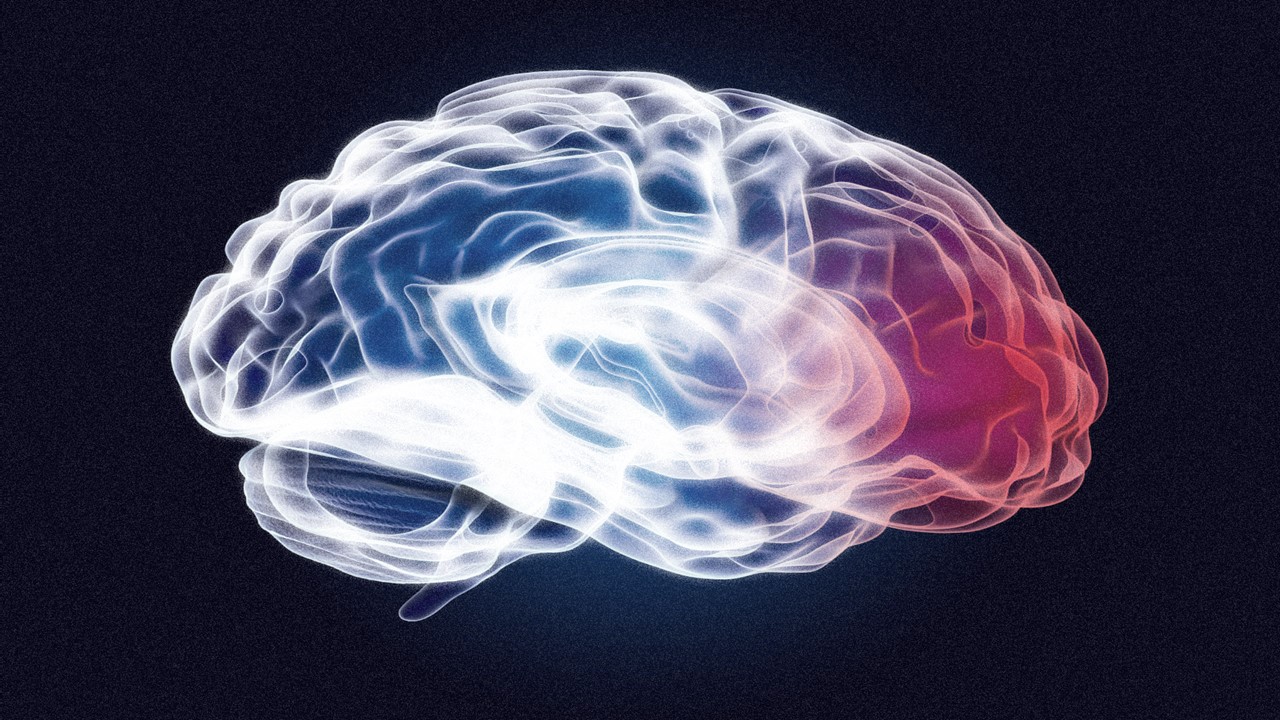
Diseases of the central nervous system (CNS) represent one of the most complex groups of conditions in the world. Developing therapeutics that treat diseases of the brain especially has been an uphill struggle in terms of optimising drug delivery systems. While some pharma companies attempt to overcome hurdles like the blood-brain barrier (BBB), others are looking beyond this strategy to develop alternative methods of drug delivery in the CNS.
While a number of targeted therapies have been developed for diseases of the CNS like Parkinson’s and multiple sclerosis, the efficacy of treatment has been limited by poor drug delivery systems. A critical determinant of the desired therapeutic effect is achieving adequate exposure of the drug in target. This has been the main obstacle in successful treatment of CNS diseases like brain tumours, despite in vitro studies demonstrating effective treatment.
Current challenges of the CNS
Blood-brain barrier
Drug distribution depends on several factors within the CNS including normal physiological fluid movement e.g. cerebrospinal fluid flow (CSF), cerebral blood flow, exchange between the extracellular and intracellular compartments, and pH. One of the main challenges for drug delivery in the CNS is the blood-brain barrier. The BBB acts as a protective ‘wall’ between the blood and nervous tissue, monitoring the input and output of molecules transported across to prevent pathogens or harmful compounds from entering.
The barrier is formed of specialised cells which control the strict permeability by protective non-neuronal cells known as mural and glial cells, in response to neuronal activity and needs. Tight junctions also contribute to this permanent barrier, sealing off the intercellular space between the cells lining the microvessels in the brain.
Important nutrients such as glucose and proteins are actively transported into the brain from a high to a low concentration. Potentially toxic compounds such as amyloid-beta (implicated in Alzheimer’s) will instead be cleared from the brain via active transport.
Unfortunately, while the BBB plays a critical role in protecting the brain from harmful substances, in doing so it prevents the delivery of therapeutic drugs into target tissue. Furthermore, the BBB is one of three main barriers in the CNS for drug delivery, the other two being the meningeal/arachnoid barrier and the choroid plexus barrier.
According to a 2018 publication, 95% of molecules for drug development struggle to overcome this barrier. This hinders the progression of CNS therapeutics from preclinical studies to clinical trials consequently impacting the patients severely.
Novel approaches
Overcoming the BBB will never be an easy task, however this has not stopped research from investigating alternative techniques. The BBB can be disrupted in a number of ways, the most commonly known being the infusion of hyperosmotic solutions via the intracarotid artery.
While this technique has been viewed as a “simple drug delivery mechanism”, this method of disrupting the BBB has been used frequently across oncology to support chemotherapy. The intra-arterial infusion of this solution has shown to improve the outcome in primary CNS lymphoma.
Viral vectors have also been investigated for several decades as transport systems for drug delivery. Adeno-associated viral vectors have achieved gene transduction in the brain and have demonstrated “exceptional safety profiles in humans”. It is worth noting that viruses typically cannot passively cross the BBB, though can transfer genes into target cells.
Unfortunately, there remains concern regarding immunogenicity in addition to the high cost and complex production of these viral vectors. These limitations have hindered the progress of viral vector delivery in the CNS, but it remains an area with continuous development.
As technology continues to advance, researchers have begun to look towards nanoparticles as potential delivery vectors to cross the BBB. A number of other therapeutic areas have been looking into nanoparticle delivery due to the advantages over conventional methods. Such advantages include the ability to carry drug payloads, control of drug release and modification of the pharmacokinetics of the drug.
According to a 2020 review, nanocarriers have already proven effective as delivery systems within the CNS in studies as early as 2005. Recently however, more advanced systems such as nanogels, nanotubes etc. have shown significant advantages over the previous systems “developed by the nanotechnological approach”.
Looking beyond the BBB
Alternative strategies of overcoming the BBB are looking beyond it all together. A number of techniques continue to be trialled preclinically, with some even reaching the clinical trial stage.
Convection-enhanced delivery (CED) is a local, targeted drug delivery method for the central nervous system. It works by generating a “pressure gradient at the tip of an infusion catheter to deliver therapeutics directly through the interstitial spaces of the CNS”.
Its ability to bypass the blood-brain barrier enables the delivery of high-dose therapeutics to target tissue with limited systemic toxicities. While not a novel method, its application in recent clinical trials by Vivifi Biotech, has shown it can overcome the barriers previously encountered by other Parkinson’s clinical trials, such as poor diffusion in protein trials or poor transduction in viral vector trials.
CED enables target tissue to be exposed to appropriate doses of therapeutic agent, in comparison with broader delivery systems which require higher doses to facilitate the therapeutic dose alongside greater risks of toxicity. In addition, CED enables the delivery of new drug classes which cannot be delivered systemically.
However, CED is not without limitations. A number of variables related to the pharmacokinetics of drugs include half-life and tissue clearance rates have been hindered by factors specific to CED. Back flow, for example, arises if the catheter has mechanically disrupted the tissue enough to allow a void to form along the outer wall. The impact of this has shown to lead to a decrease in the therapeutic dose and can lead to diffusion into unintended areas of the brain. Other challenges include white matter odema, flow rate and the ratio of volume of infusion to the volume of distribution.
Cerebrospinal spinal fluid
Utilising the CSF system has been one of the latest developments in CNS drug delivery and is still relatively new in comparison to techniques like CED. The CSF plays an important role in distributing nutrients, hormones and signalling molecules around the CNS crossing the biological barriers that prevent drug delivery.
Therefore, a number of therapeutic companies are investigating the feasibility of delivering drugs into the CNS via the CSF. These studies remain at the preclinical stage in order to assess the efficacy and impact on drug pharmacokinetics. The challenge will be developing a model that is translatable to human physiology.
Charlotte Di Salvo, Lead Medical Writer
PharmaFeatures
Subscribe
to get our
LATEST NEWS
Related Posts

Neuroscience & Neuropharmacology
Cannabinoids and Autism: Evaluating Their Role in Sleep and Behavior
In the quest to improve the lives of individuals with autism spectrum disorder, rigorous science remains our most vital tool—revealing not just what works, but what does not.

Neuroscience & Neuropharmacology
Two-Dimensional Neural Geometry: A Revolution in Understanding Human Working Memory
Working memory, a cornerstone of human cognition, has long been mischaracterized as a passive storage system.
Read More Articles
Myosin’s Molecular Toggle: How Dimerization of the Globular Tail Domain Controls the Motor Function of Myo5a
Myo5a exists in either an inhibited, triangulated rest or an extended, motile activation, each conformation dictated by the interplay between the GTD and its surroundings.
Designing Better Sugar Stoppers: Engineering Selective α-Glucosidase Inhibitors via Fragment-Based Dynamic Chemistry
One of the most pressing challenges in anti-diabetic therapy is reducing the unpleasant and often debilitating gastrointestinal side effects that accompany α-amylase inhibition.













